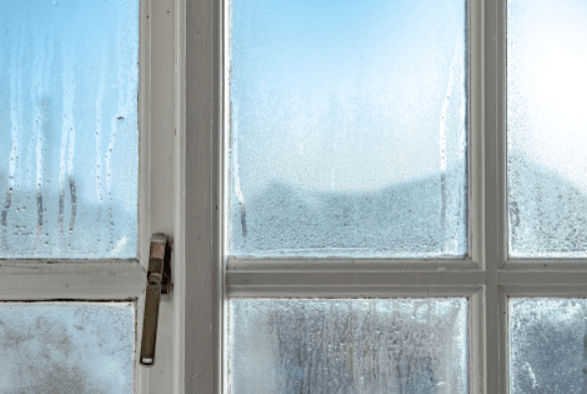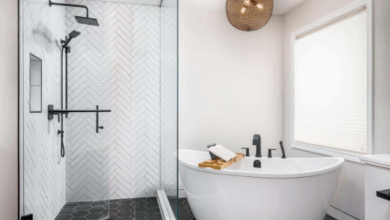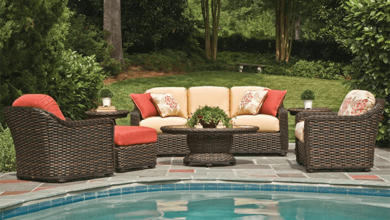Say Goodbye to Condensation Woes: Tips for Keeping Your Conservatory Clear

Condensation in conservatories can be a common and frustrating issue, causing visibility problems, dampness, and even potential damage to your furniture and belongings.
However, with the right strategies, you can effectively manage and prevent condensation, ensuring a comfortable and clear environment in your conservatory. In this blog post, we’ll explore some practical tips to help you combat condensation and maintain a pleasant atmosphere in your conservatory year-round.
Understanding the Causes:
Before diving into solutions, it’s essential to understand what causes condensation in conservatories. Condensation occurs when warm, moist air comes into contact with cooler surfaces, such as windows and walls, leading to the formation of water droplets. In conservatories, factors such as temperature variations, insufficient ventilation, and high humidity levels can contribute to condensation buildup.
Read also PSD to WordPress: A Comprehensive Guide
Tips to Prevent Condensation:
Improve Ventilation: Adequate ventilation is crucial for reducing condensation in conservatories. Ensure that windows and doors can be opened to allow for air circulation. Consider installing trickle vents or roof vents to enhance airflow and regulate humidity levels.
Use Dehumidifiers: Dehumidifiers can help remove excess moisture from the air, preventing condensation buildup. Place a dehumidifier in your conservatory and run it regularly, especially during periods of high humidity or damp weather.
Install Insulation: Proper insulation can help maintain stable temperatures in your conservatory, minimizing the risk of condensation. Consider installing double-glazed windows, insulated roofing panels, or thermal blinds to improve energy efficiency and reduce temperature fluctuations. Ideally, humidity levels should be between 30% and 50% to prevent condensation. If humidity levels are consistently high, take steps to reduce moisture sources, such as drying laundry outside or using extractor fans in kitchens and bathrooms.
Seal Gaps and Cracks: Check for any gaps or cracks in your conservatory’s windows, doors, and walls, as these can allow warm, moist air to enter and cause condensation. Seal any gaps with caulking or weatherstripping to prevent air leaks and improve insulation.
Conclusion:
Condensation in conservatories can be a nuisance, but with the right approach, it’s possible to keep your space clear and comfortable. By implementing these tips, you can effectively manage condensation and enjoy your conservatory to the fullest, regardless of the weather outside. Remember to prioritize ventilation, insulation, and humidity control to create a condensation-free environment where you can relax and unwind year-round.








